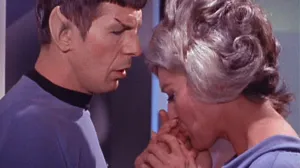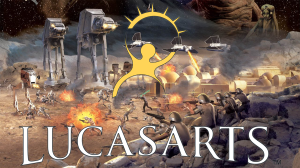Rod Serling’s The Twilight Zone has proven to be an influence on everything from fellow horror anthology shows like Tales from the Crypt to filmmakers such as M. Night Shyamalan and Jordan Peele. It was a show that delivered thoughtful material, silliness, and jarring twist endings in equal measure. Like with any anthology show, some episodes of The Twilight Zone are without a doubt superior to others. In fact, some episodes have proved to be wildly influential to any number of projects and artists throughout the six decades since the airing of the final episode. Not many shows of its era can say the same, and arguably none can say it to the same extent as Serling’s classic.
Videos by ComicBook.com
What follows are 10 examples of The Twilight Zone episodes that have certain elements within them that have influenced major projects and talented individuals. Sometimes it’s the details of the episode’s twist that have been replicated or even certain character arcs. It doesn’t matter what element has been replicated or inspirational. What does matter is that the episode has something that has been seen in other projects since.
“Time Enough at Last” (Season 1, Episode 8)

Like most of the entries on this list, “Time Enough at Last” is one of The Twilight Zone‘s highest-rated episodes overall. It’s the moving story of an anti-social bookworm who narrowly escapes the apocalypse and, upon seeing it, comes to the conclusion that it’s good for him because now he can read all he wants. As long as his glasses stay intact, that is.
“Time Enough at Last” has inspired plot points in media across multiple mediums. For instance, an episode of Futurama took cues from it as did the videogame Fallout 76.
“The Monsters Are Due on Maple Street” (Season 1, Episode 22)
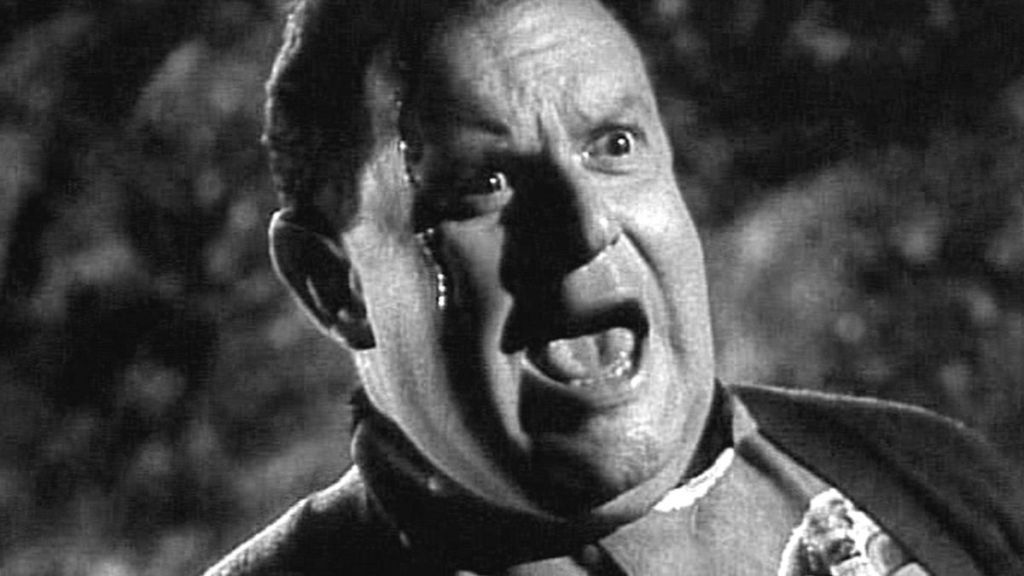
“The Monsters Are Due on Maple Street” shows just how malleable humans are when it comes to fear. The episode shows the residents of a single street in Anywhereville Suburbia. When fears arise that they’re in the middle of an alien invasion (suspicions that are unfounded but ultimately correct), they begin to suspect that those who they’ve lived next to for years aren’t what they appear. To accomplish this effect all the aliens sitting on a nearby hilltop have to do is send out some bogus radio broadcasts and toy with the streetlights. Too easy.
All of the paranoia-infused infighting in this episode was an integral part of the crafting of at least two classic pieces of horror cinema. One is John Carpenter’s The Thing and the second is Frank Darabont’s The Mist, an adaptation of Stephen King’s novella.
“Eye of the Beholder” (Season 2, Episode 6)
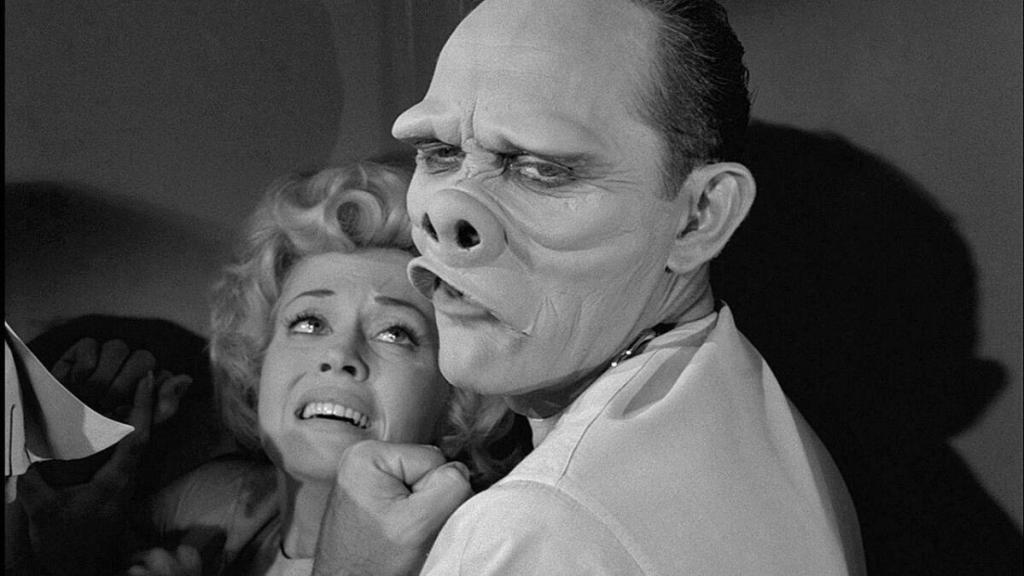
Were there to be a list of the most deeply thematically rich episodes of The Twilight Zone (and there are quite a few), “Eye of the Beholder” would rank towards the top if not at the very top. The episode follows a young woman with a bandage fully surrounding her head. She’s going through a surgery (not her first) to make her physical appearance less grotesque to those around her. But, as it’s revealed, she’s quite beautiful, and by our standards it’s everyone around her who is grotesque.
The notion that there’s great importance in looking like those around you is an influential one indeed. For instance, Jordan Peele’s Us touches on that topic (it was also greatly inspired by the episode “Mirror Image”). But this episode’s twist ending has also been cited as an inspiration for the twist of The Sixth Sense, specifically in the sense that we all expected Bruce Willis’ character to be alive when in actuality he was a ghost just as how we expected the protagonist of “Eye of the Beholder” to be the “ugly” one in the room.
“The Invaders” (Season 2, Episode 15)
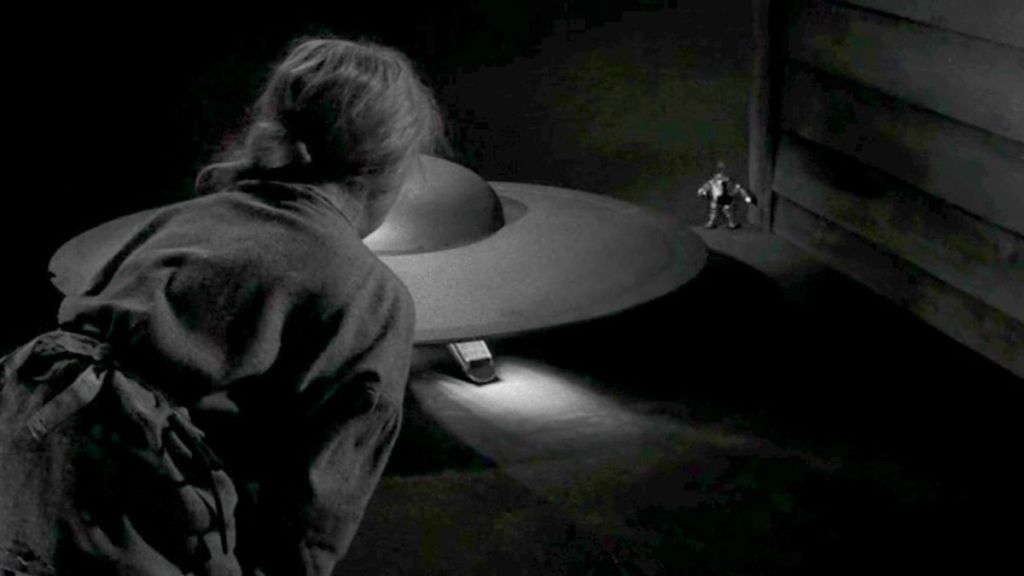
The Invaders follows a mute woman as her farmhouse is suddenly stormed by a team of little aliens with their little alien laser guns. Or, perhaps, to be “alien” is all relative, as the invaders are actually astronauts from Earth and she is, in fact, a giant on a different planet.
The concept of thinking you’re watching a flesh and blood human only to realize you’re watching something else has been done in other projects. For one, there’s the 1994 horror sci-fi film The Puppet Masters. Not to mention, there’s Winona Ryder’s character in Alien: Resurrection.
“Will the Real Martian Please Stand Up?” (Season 2, Episode 28)
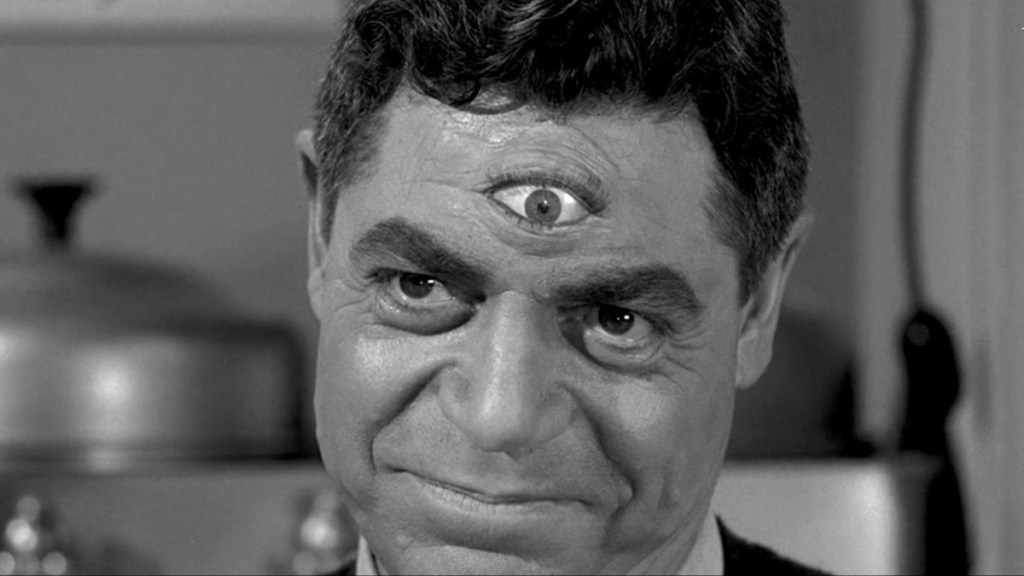
Like “The Monsters Are Due on Maple Street,” “Will the Real Maretian Please Stand Up?” is a tale of paranoia. It takes place within a single location, a restaurant, and has a group of bus passengers questioned by police in regard to a flying saucer that crashed nearby. One of the people in that restaurant was not on the bus, but no one is quite sure just who was there and who was not. In other words, one of them is a Martian. Or…is it just one?
There are two major projects that were pretty clearly influenced by this episode. Among them The X-Files‘ Season 4 episode “The Lost Art of Forehead Sweat,” which directly references this The Twilight Zone classic.
“It’s a Good Life” (Season 3, Episode 8)
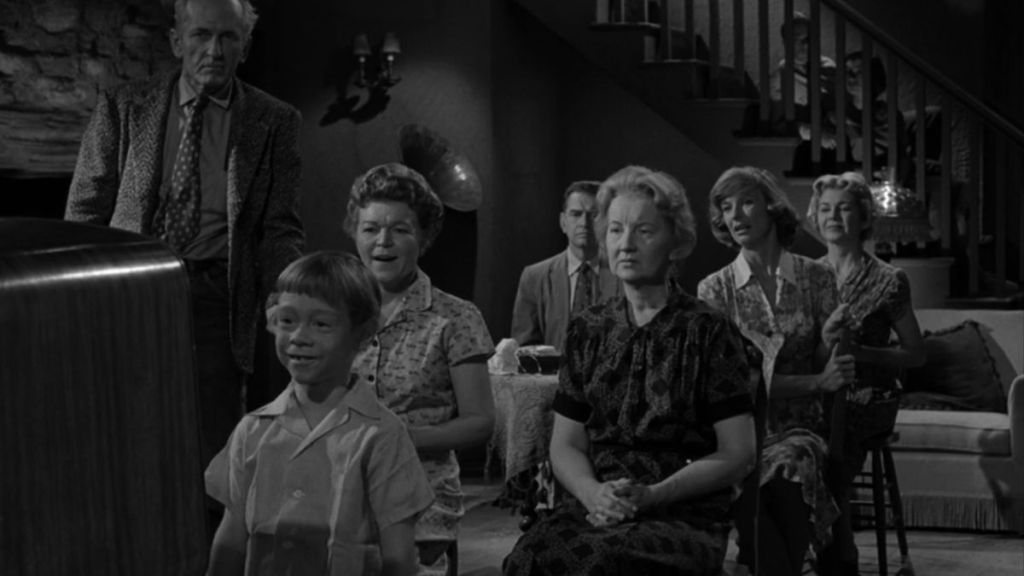
“It’s a Good Life” shows the adult residents of Peaksville, Ohio perpetually terrorized by a powerful force. Specifically, six-year-old Anthony Fremont, who possesses powers such as mind-reading and telekinesis. As long as the adults think happy thoughts, they’re safe. Should they fail to do so…they’re in some serious trouble.
On one hand, “It’s a Good Life” was redone for Twilight Zone: The Movie. But, outside the IP, The Simpsons‘ “Treehouse of Horror II” has a segment with Bart playing the role of Anthony. Furthermore, Johnny Bravo had an episode that has the title character babysitting a boy who is awfully similar to Anthony (to the point the boy often teleports Johnny Bravo to a nearby cornfield when he thinks bad thoughts).
[RELATED: This Episode of The Twilight Zone Has No Supernatural or Sci-Fi Elements (And It Rules)]
“Five Characters in Search of an Exit” (Season 3, Episode 14)
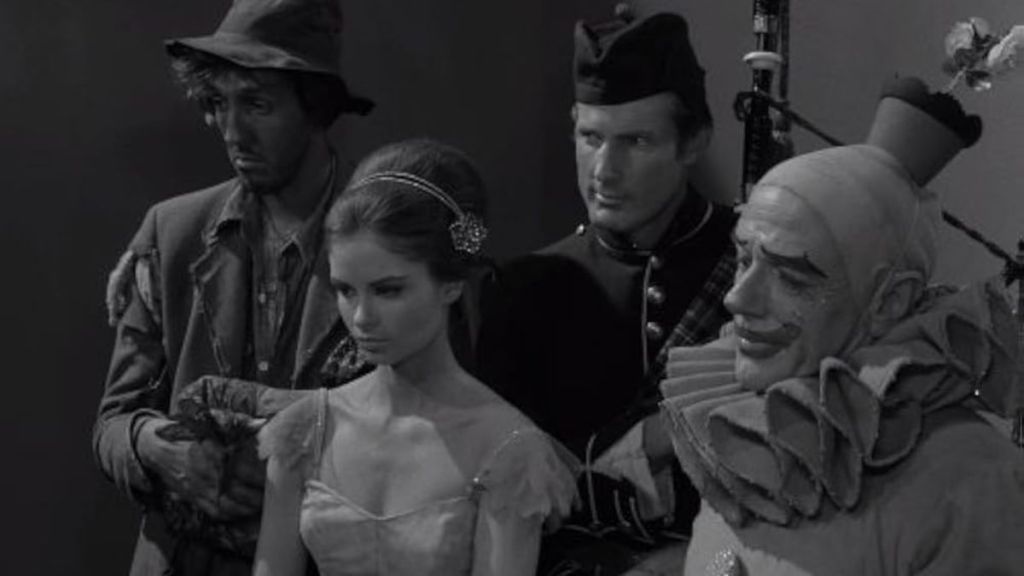
“Five Characters in Search of an Exit” follows five vastly different individuals in the same predicament. One is a Major, another a Clown, the third is a Ballet Dance, the fourth a “Hobo,” and the fifth a Bagpiper.” They are all in a mysterious pit: hollow, blank, and boring. But, in actuality, the pit is a toy collection bin for an orphanage, and they’re toys.
Many see this episode as an influence on the 1997 film Cube, but it doesn’t stop there. It’s hard to imagine the creators of Toy Story being entirely unfamiliar with this episode. And, on the more confirmed side of things, the Keri Russell-fronted show Felicity had an episode that referenced this The Twilight Zone classic and Terrifier creator Damien Leone has said that Art the Clown was partially inspired by the Clown seen here (in terms of appearance, not personality).
“To Serve Man” (Season 3, Episode 24)
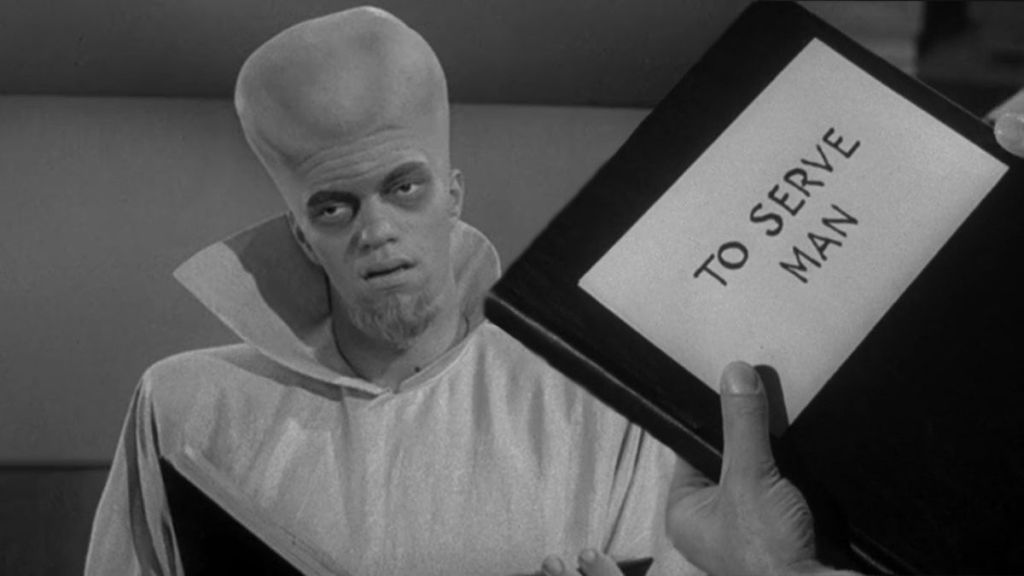
Featuring The Twilight Zone‘s scariest twist ending, “To Serve Man” is an all-timer. It follows the people of Earth as they excitedly greet the Kanamits, a super-tall race of aliens who carry with them a book titled To Serve Man. The humans take them at their word that the book is nothing more than an altruistic venture. In reality, it’s a cookbook.
Like other entries on this list, “To Serve Man” ended up inspiring jokes and/or plot points in Matt Groening projects. Namely, The Simpsons and Futurama. But that’s not all, as it’s also the backbone of one of the best jokes in The Naked Gun 2 1/2.
“Nightmare at 20,000 Feet” (Season 5, Episode 3)
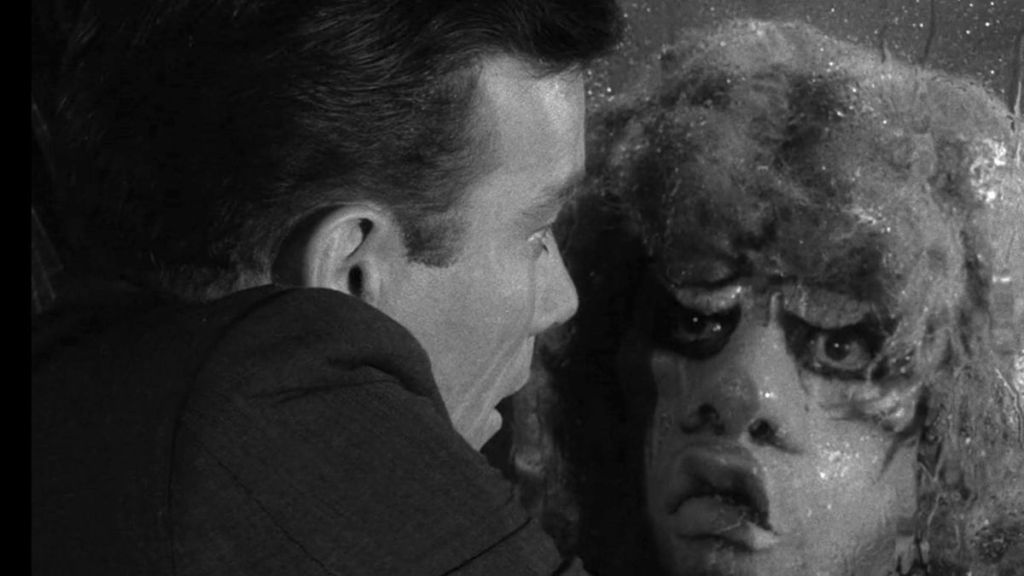
Featuring what is perhaps the greatest performance of William Shatner’s career, “Nightmare at 20,000 Feet” is a perfect episode. Like many of The Twilight Zone‘s best, it’s confined to a single location (an airplane) and primarily focusing on a single character, it’s a tightly-written masterpiece. Shatner stars as a man who was recently released from a mental health clinic. Now he’s on a plane which, for him, is a triggering zone, as he’s aviophobic. Is that the reason he keeps seeing a “Gremlin” hanging on the plane’s wing?
“Nightmare at 20,000 Feet” is arguably the most famous episode of The Twilight Zone, so much so that it was re-done in both 1983’s Twilight Zone: The Movie and in Jordan Peele’s 2019 reboot. Other IPs that have made direct references to the episode include Key & Peele, Futurama, Muppets Tonight, The Simpsons, and even Ace Ventura: When Nature Calls.
“Living Doll” (Season 5, Episode 6)
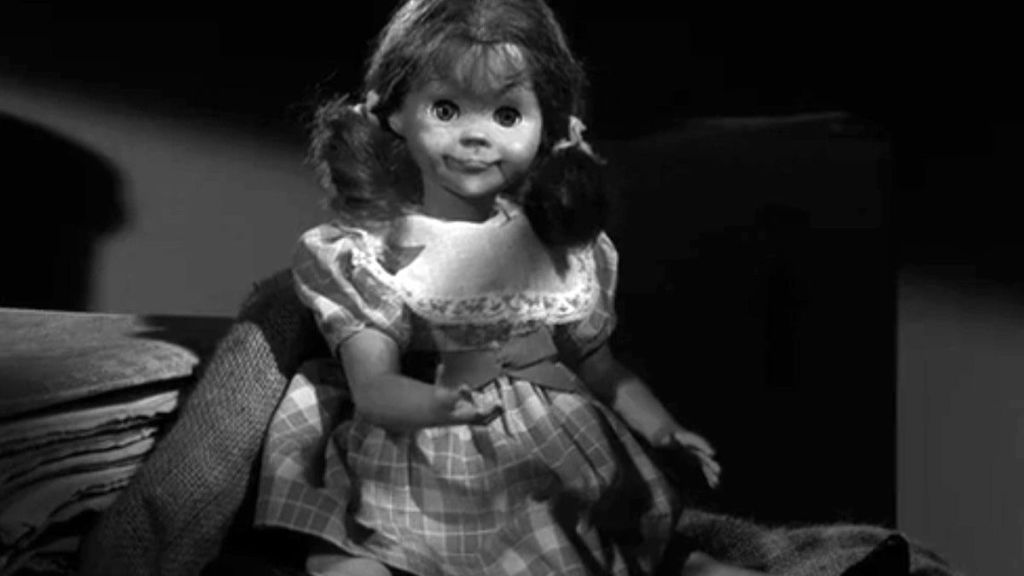
“Living Doll” follows a family of three that becomes a family of four once little Talky Tina enters the picture. The patriarch of the family is a stepfather, and he’s having a hard time with his newfound role, especially given his struggle with impotence. When he starts to claim to his wife that his stepdaughter’s new doll is saying some horrible things, his wife believes him to be lashing out at her little girl. But, once all is said and done, he’s proven wrong (in that his stepdaughter has in fact not done anything to tamper with the doll) and his wife is proven wrong (in that her now late husband was actually right about the doll being, shall we say, a little off).
Of the movies and TV shows that were inspired by The Twilight Zone that have come out throughout the decades since the show’s end, some are subtle. And then there’s the connection between “Living Doll” and Chucky. Without a doubt, this episode was a pretty direct inspiration for the Child’s Play franchise.




